You’ll be seriously stoked with the neat waves and the party atmosphere on Coromandel’s east coast beaches.
This is ‘must-see’ country for any ‘surfari’ tour of the North Island, especially its acclaimed ‘Capital’ Whangamata. In the summer time this town really hums. And no wonder, as the 4 km long beach has dozens of good sandbank breaks, and its flat profile makes it one of the safest beaches in New Zealand.
The Whangamata Bar at the northern end is the top spot, producing long peeling breaks in north-easterly swells on an incoming tide. If the bar is crowded or the tidal flow is too severe, you can simply move down the beach and choose a sandbank peeler to ride.
Waihi Beach (11 km east of Waihi) is 10 km long, open to the north-east, and surfs well with moderate swells on an incoming tide. From its northern end a track leads across the headlands to Orokawa Bay, which has bigger waves, often accompanied by a heavy undertow.
Tairua Beach (64 kms north of Waihi) is a thriving holiday resort. It offers good sandbar breaks onto a beautiful white sand beach. Moderate swells around 1.5 metres perform well on an incoming tide, but undertows become a hazard as the swell increases. The Tairua Bar produces a superb left-hand break, which needs to be accessed from the Pauanui side. Boating activity and a swift tidal outflow can create problems here.
Hot Water Beach (16 kms south of Whitianga) has good beach breaks in moderate easterly swells and offers the bonus of a luxurious soak in hot thermal pools. Scoop out a hollow in the sand at low tide, and within minutes you are reclining in your own private spa bath.
Whangapoua Beach (16 kms east of Coromandel) surfs well when the Pacific rollers come in from the east or north-east. If the swells are too light, a short walk over the north headland to New Chum’s Beach might find waves charged with more energy.

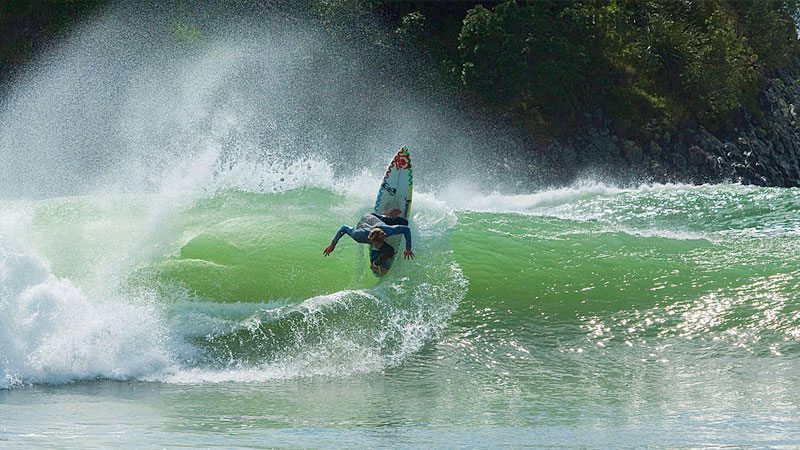
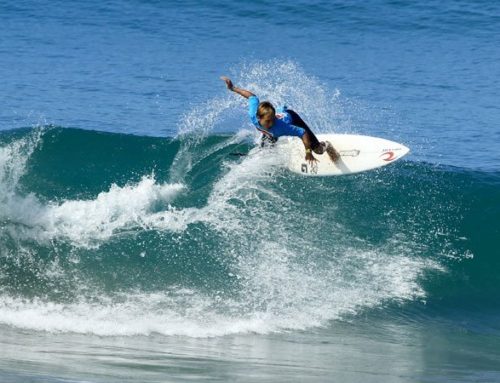
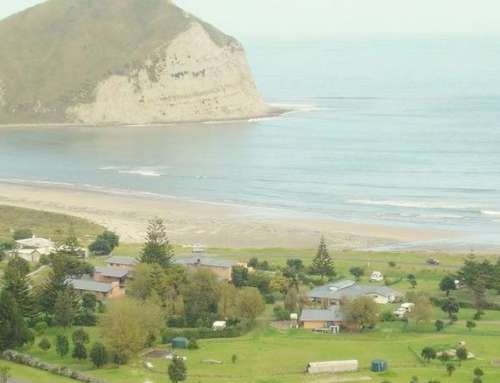
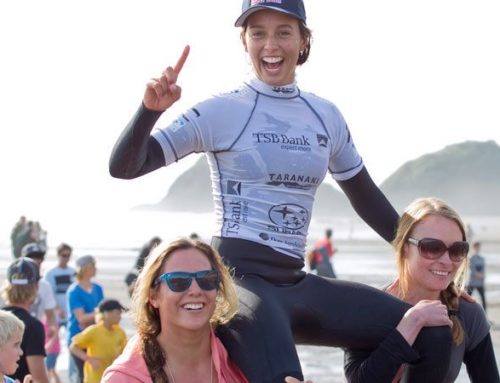
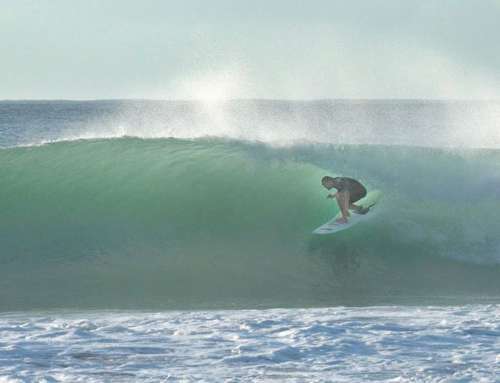
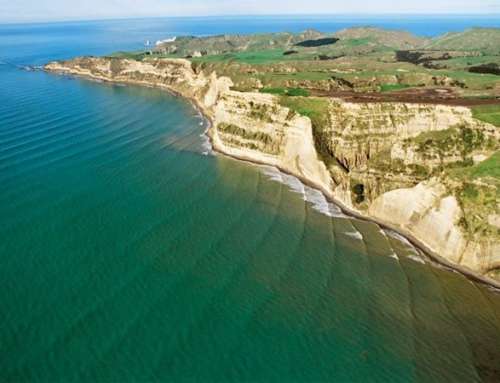
Leave A Comment